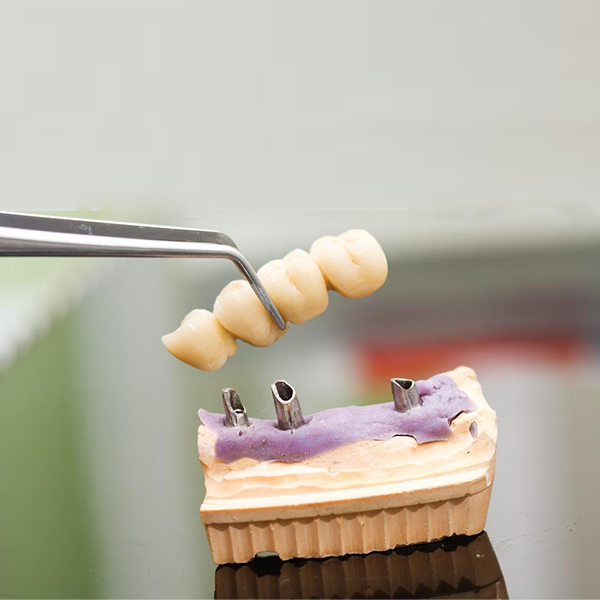Dental restoration plays a vital role in keeping our smiles healthy, captivating, and disease-free. It is more than just an aesthetic procedure – it is a necessity for maintaining oral well-being. This article will delve into the comprehensive concept of dental restoration and shed light on its significance in both beautifying our smiles and preserving overall oral health.
Understanding Dental Restoration
Dental restoration refers to the various procedures aimed at repairing and restoring damaged, decayed, or missing teeth. It involves the use of different materials and techniques to recreate the natural function, shape, and appearance of teeth.
The Multiple Facets of Dental Restoration
Dental restoration encompasses a wide range of treatments, addressing different conditions and issues:
1. Fillings: Dental cavities are a common problem that can be effectively treated through the placement of fillings. Tooth-colored composite or traditional amalgam fillings are used to restore the teeth's integrity and prevent further decay.
2. Crowns: When a tooth is severely damaged or weakened, a crown is often recommended. This tooth-shaped cap is placed over the affected tooth, restoring its strength, shape, and appearance while providing protection against further damage.
3. Bridges: Bridges are ideal solutions for replacing one or multiple missing teeth. Adjacent healthy teeth are used as anchors for the bridge, which consists of artificial teeth that fill in the gaps, improving chewing ability and preventing neighboring teeth from shifting.
4. Dental Implants: Dental implants are the most advanced and long-lasting restoration option for replacing missing teeth. They involve the surgical placement of titanium posts in the jawbone, providing a sturdy foundation for attaching natural-looking crowns. Dental implants not only restore the appearance of a smile but also enhance jawbone health and functionality.
5. Dentures: Dentures are removable replacements for missing teeth. They can be complete (replacing all teeth) or partial (replacing a few missing teeth). Dentures restore the ability to chew and speak properly, improve facial appearance, and promote better oral health.
The Dual Benefit: Aesthetics and Health
Dental restoration has a dual purpose, focusing on both aesthetics and health:
1. Aesthetic Transformation
Dental restoration procedures can dramatically enhance the overall appearance of our smiles. Whether it involves reshaping, whitening, or replacing teeth, these treatments improve self-confidence and contribute to a more attractive smile. A beautiful smile can positively impact social interactions, boost self-esteem, and create a lasting impression.
2. Ensuring Oral Health
Oral health has a direct impact on overall well-being. Dental restoration treatments address various oral issues, preventing potential problems such as tooth loss, gum disease, and jawbone deterioration. By restoring damaged or missing teeth, these procedures facilitate proper chewing, enable effective oral hygiene practices, and maintain the alignment of teeth.
Conclusion
Dental restoration combines the elements of beauty and health, serving as a crucial component of comprehensive oral care. From fillings to dentures, the wide array of restoration options available can help individuals regain their smiles' natural beauty while preventing oral health complications. By understanding the importance and benefits of dental restoration, individuals can prioritize their oral well-being and reap the rewards of a healthy, dazzling smile.





